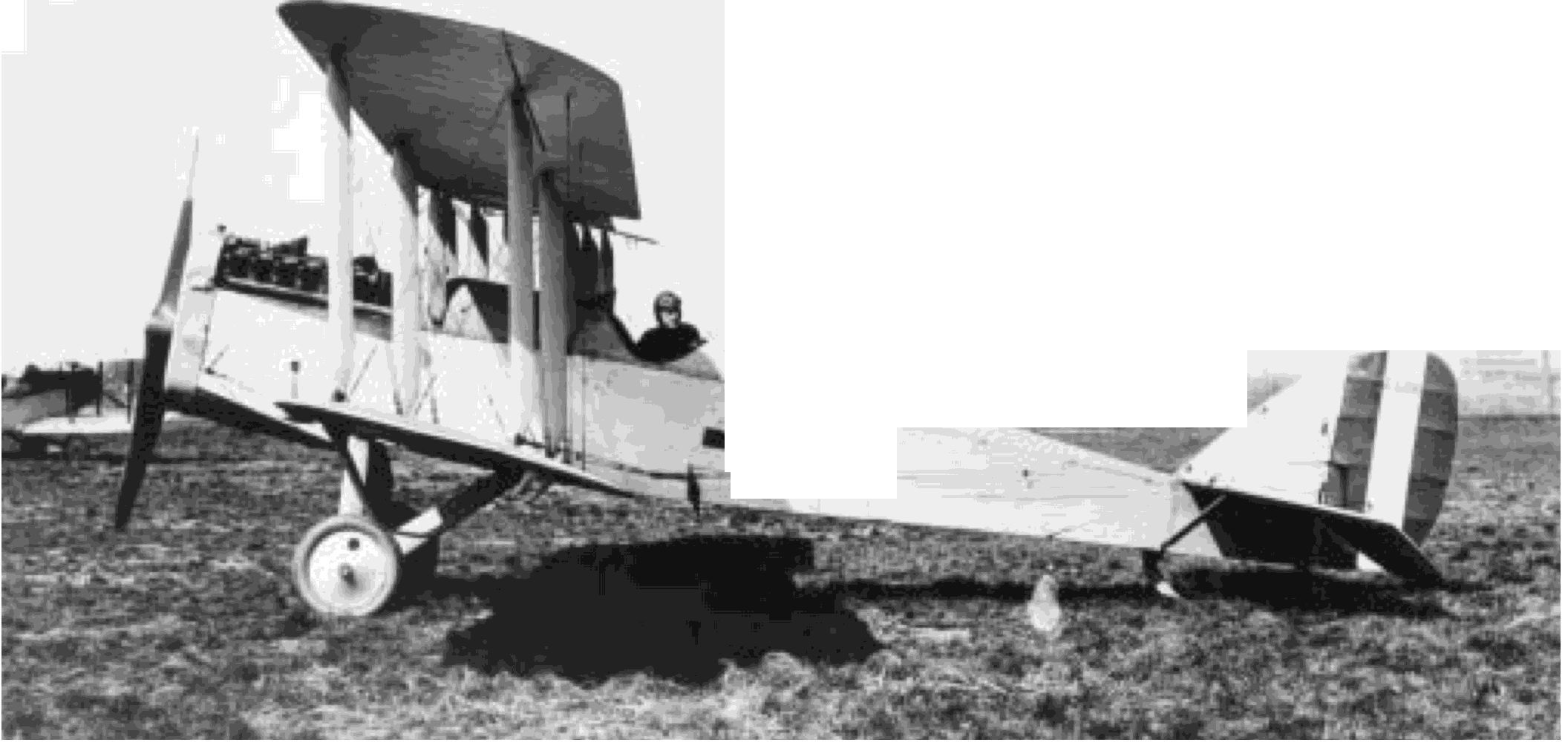
UNITED STATES NAVAL AVIATION
1910-1995
55
An aerial camera
on
the gun mount
of
a DH-4 1053779
---
)
..
.
1923
6 February
Transfer of the Aeronautical Engine
Laboratory from the Washington Navy Yard, D.C., to
the Naval Aircraft Factory was authorized by the
Secretary of the Navy, thereby clearly establishing the
Naval Aircraft Factory as the center of the Navy's aero-
nautical development and experimental work.
12 February
The Bureau of Navigation informed the
Commandant at Pensacola, Fla., that two year's service
in an operating unit subsequent to graduation from
flight training was no longer a requirement for desig-
nation as a Naval Aviator.
18-22 February
Aviation was employed in a U.S.
Fleet Problem for the first time as Problem I was
worked out to test the defenses of the Panama Canal
against air attack. Blue Fleet and Army coastal and air
units defending the Canal, were assisted by the opera-
tions of 18 patrol planes of Scouting Plane Squadron 1
based on the tenders
Wright
(AZ 1),
Sandpiper
(AM
51) and
Teal
(AM 23). The lack of carriers and planes
for the attacking Black Fleet was made up by desig-
nating two battleships as simulated carriers. On the
approach one of these,
Oklahoma
(BB 37), launched a
seaplane by catapult to scout ahead of the force (21
Feb.), and early the next morning a single plane repre-
senting an air group took off from Naranyas Cays,
flew in undetected and, without either air opposition
or antiaircraft fire, theoretically destroyed Gatun
Spillway with 10 miniature bombs.
21 February
Tests of aircraft handling were made
aboard
Langley
with Aeromarines operating in groups
of three. Results showed that it required two minutes
to prepare the deck after each landing; and in the best
time for the day three planes were landed in seven
minutes.
21 February
In recognition of the fact that the
newer aircraft engines offered advantages of longer
life and lower cost, the Bureau of Aeronautics issued
guidelines that severely restricted the repair and reuse
of engines over two years old. Through this means,
the Navy was able to expend promptly its residual
stocks of World War I engines and equip most new
aircraft with newer engines. More importantly, freed of
the millstone of stocks of obsolescent engines, the
Navy could aggressively sponsor the development of
improved aircraft engines to meet its various require-
ments.
7 March
Navy participation in aviation fuel research
and development was indicated in the Aeronautical
Engine Laboratory report on systematic tests, conduct-
ed by the Bureau of Standards, on mixtures of alcohol-
gasoline and benzol-gasoline. Industrial and govern-
mental research with fuels, of which this was a part,
eventually resulted in the development of tetraethyl-
lead as an additive for aviation fuels and of iso-octane
as a standard for antiknock characteristics.
10 March
The aircraft model designation system
was modified by reversing the order of letters in the
 |
9 |
 |